So to my surprise, I haven't found anything on the web or SO on this particular issue. I'm trying to make my listview separator inset to be full width. I have found documentation on this for a tableview, here. But it's not clear to me how to do this for a listview as well? I am using Xamarin Forms listview, trying to accomplish this on iOS. I imagine I have to write a custom renderer, seeing as no (publically exposed) property is available on forms for a listview.
This is a good picture that is happening for me on a listview, although the image shown is from a SO question regarding tableview, not listview, but the issue seems to be the same.
